[Special Interview] Global Art Market Expert on 'The Present and Future of Korean Art' – Professor Iain Robertson
[Exclusive interview ] Professor Iain Robertson and Ryu Ahn, Publisher of Korea Art News
[Seoul = Korea Art News] The art market is in a constant state of evolution, with new trends and technologies reshaping artistic expression. Korean art, in particular, has gained significant international attention in recent years, as the fusion of digital technology and AI-driven creation is becoming a major force in contemporary art.
In this rapidly changing landscape, where does Korean art currently stand, and what direction should it take moving forward?
To explore these questions, Korea Art News met with Professor Iain Robertson, one of the world's most distinguished art market experts, collectors, and auction specialists, who has conducted in-depth analyses of the international art market.
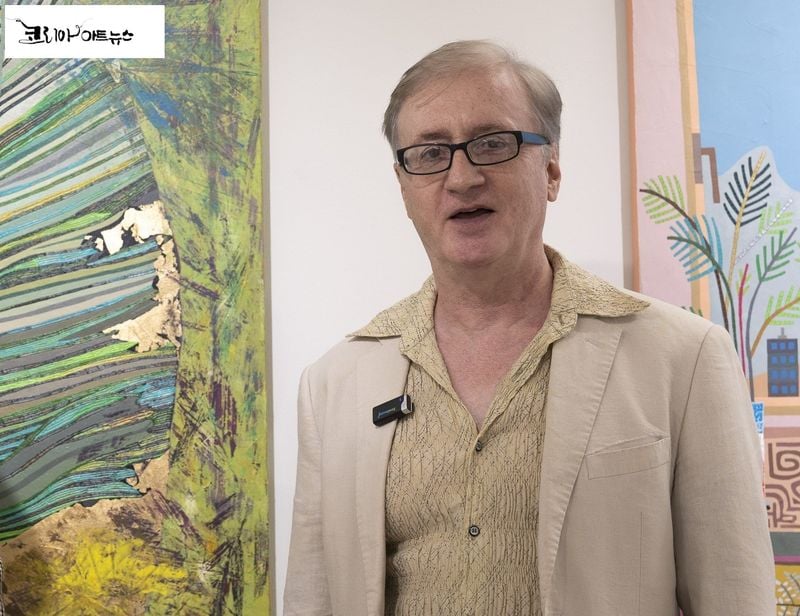
Professor Robertson has served as Head of Art Business Studies at Sotheby’s Institute of Art, Dean of Sotheby’s Institute of Art, was a professor at the London Institute of Art Business, and is currently a professor at Hongik University’s Department of Arts and Cultural Management in Korea.
He is a leading authority on the global art market, having published extensive research on Asian art market trends and international expansion strategies.
His perspective on Korean art is particularly insightful. Having lived in Korea for over three years while conducting research and teaching at Hongik University and Ewha Womans University, he has firsthand experience of the strengths and challenges facing Korea’s art scene.
Now, he shares his views on what Korean art needs to thrive internationally and how AI-driven artistic trends are reshaping the global art market.
Interview Details
Location: K-Liz Gallery, Samsung-dong, Seoul
Date: May 17, 2025
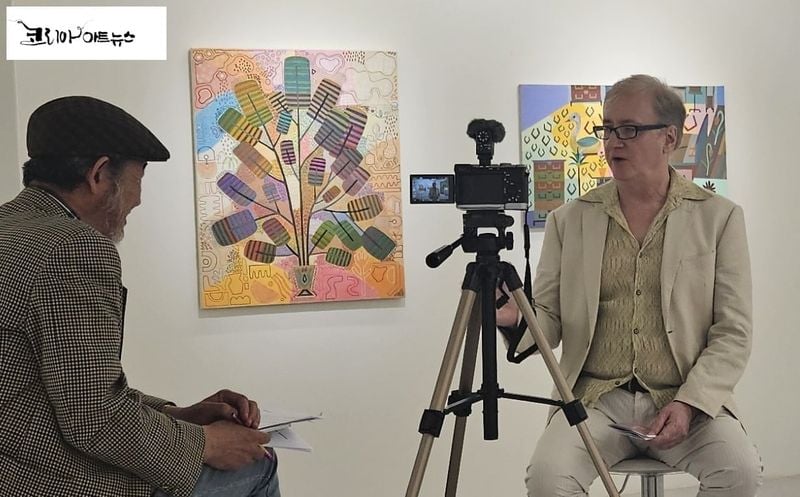
"Korea Has a Highly Dynamic Art Market"
Professor, you have worked extensively in the UK, France, Taiwan, and China. What attracted you to Korea?
I have worked in many countries, but Korea has always impressed me as a highly dynamic country with diverse artistic content. The Korean art market is growing at an exceptionally fast pace, and I believe it has the potential to become a key hub in the global art scene.
Three years ago, I was invited by Hongik University to conduct research and teach in Korea, and I gladly took the opportunity.
"Experiencing Korea’s Fast-Paced Society Firsthand"
You have now spent three years in Korea. Have you adapted to Korean society?
At first, adapting was challenging. It took me a year to fully understand how the Korean art industry operates. The first year was difficult, but I gradually adjusted during my second and third years.
Korea moves at an incredibly fast pace, and decisions often happen in an instant—what is known as the "ppalli ppalli" ("hurry hurry") culture.
I have become accustomed to it now, and I have also come to appreciate the "can-do spirit" that Koreans embody. Despite challenges, Koreans work hard with the belief that perseverance leads to success.
Interestingly, many Koreans do not just work hard—they genuinely enjoy their work. This high energy and intensity are closely linked to the vibrancy of Korean art, which is one of its most fascinating aspects.
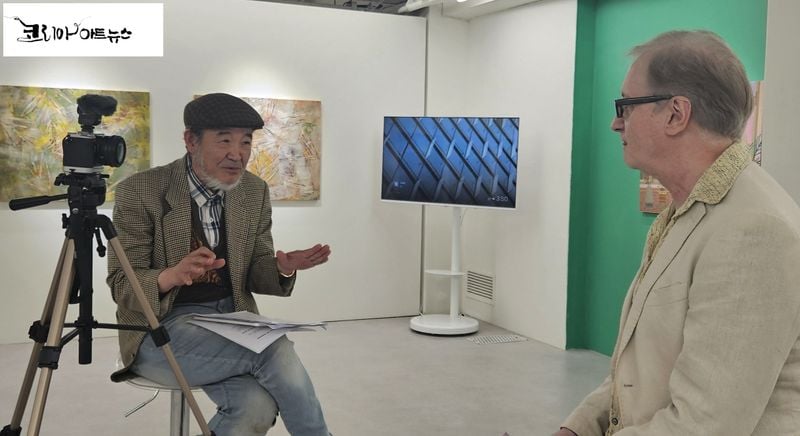
"Korean Artists Excel in Color and Technique"
What do you consider the greatest strengths of Korean artists?
Korean artists are exceptionally skilled in color use. Many works seamlessly blend traditional color aesthetics with modern techniques, creating highly sophisticated compositions.
Additionally, Korean artists are extremely quick to embrace emerging artistic trends. Korea undergoes rapid technological and cultural shifts, and this environment fosters artists who are highly adaptive and innovative. These qualities position Korean artists well for international success.
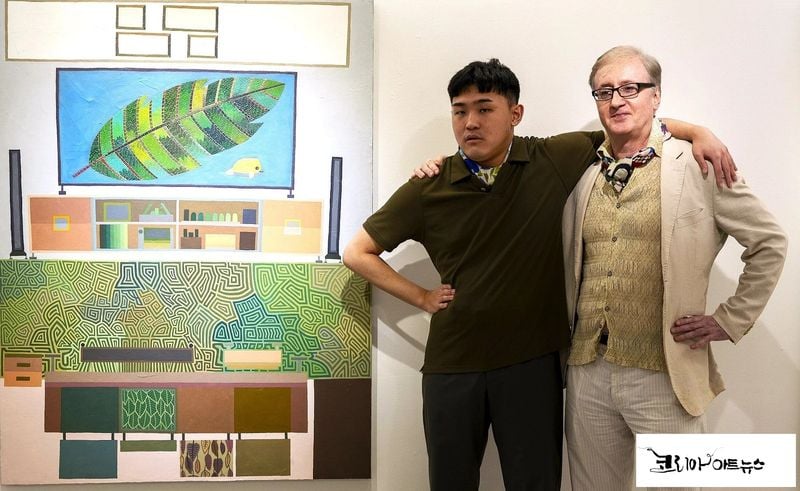
"Artists Targeting the International Market Must Broaden Their Perspectives"
What challenges or limitations do you see in the Korean art scene?
Korean artists often lack exposure to international perspectives. Factors such as an education system focused on entrance exams and a relatively conservative cultural influence may have contributed to this limitation.
The Korean art industry is largely domestic or Asia-focused, which makes it distinct from Western art markets.
For example, Korean audiences tend to favor harmony and balance, while Western markets often seek intense emotional expression.
If Korean artists aim to establish themselves internationally, understanding and strategically addressing these differences is crucial.
"AI Is Transforming the Global Art Market"
AI-generated art has been gaining attention. What is your perspective on AI in art?
AI is not just another tool—it is redefining what it means to create art. It challenges fundamental concepts such as authorship and artistic intention.
When photography was first introduced, many feared that painting would disappear, yet painting remains an essential artistic medium today.
Similarly, AI will not replace traditional art—it will become an additional form of artistic expression. However, discussions surrounding whether AI can fully replace human creativity will continue.
"The Korean Art Market Needs to Deepen Its Foundation"
You have visited various art fairs in Korea. How would you assess Korea’s overall art market?
Korea’s leading artists are at an internationally competitive level. Kimsooja, Do Ho Suh, and Lee Ufan have already achieved global recognition.
However, outside of these top-tier artists, the market lacks depth. Events like KIAF and Frieze Seoul showcase high-caliber works, while some other fairs still struggle with lower-quality offerings.
For Korea’s art market to grow, consistent investment and improvement are necessary.
"Government Investment in Museums and Research Spaces Is Essential"
What steps should be taken to further develop Korea’s art market?
The government must expand funding for museums and research spaces. While Seoul has institutions like Seoul Museum of Art and MMCA Seoul, more nonprofit spaces dedicated to art research and exhibitions are needed.
Additionally, Korea must expand its presence in international cultural centers and strengthen its global gallery network.
"Artists Must Embrace Their Era and Tell Their Stories"
Lastly, what message would you like to share with Korean artists?
Contemporary art must engage with the present. Artists should examine current political, economic, and cultural events and boldly express these narratives through their work.
Korean artists must not shy away from addressing societal change, including government policies and social challenges.
AI is not the only tool for this— traditional materials like Korean hanji paper can also be used to capture today’s stories. This is the key message I want to convey.
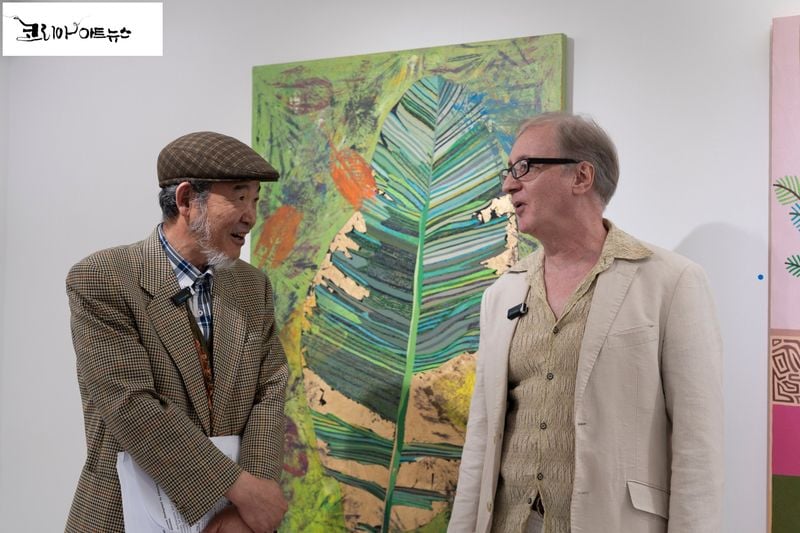
The Future of Korean Art in the Global Market
Korean art is evolving rapidly, gaining global recognition and integrating AI-driven creativity.
Professor Iain Robertson’s insights highlight both its strengths and areas for growth, emphasizing that international networking and broader artistic perspectives are crucial for Korean artists to thrive.
He aims to actively support Korean artists in expanding internationally, while also gaining deeper insights into Korea’s art scene through collaboration.
If his vision unfolds, Korean art will continue to shine on the global stage, establishing itself as a major force in contemporary art.
[This interview was conducted in English without interpretation, and Kim Kyung-min, Reporter of KAN, handled the translation, article writing, and editing.]
[Editor's Note: Special thanks to K-Liz Gallery for arranging the interview with Professor Iain Robertson and providing the venue.]
#KoreanArt #ArtMarket #IainRobertson #ContemporaryArt #AIArt #GlobalArt #ArtBusiness #EmergingArtists #KoreaArtNews #ArtInnovation #InternationalArt #CreativeFuture #KoreanArtists #DigitalArt #GalleryExhibition #KANInterview #CulturalExchange #ModernArt #RyuAhn

